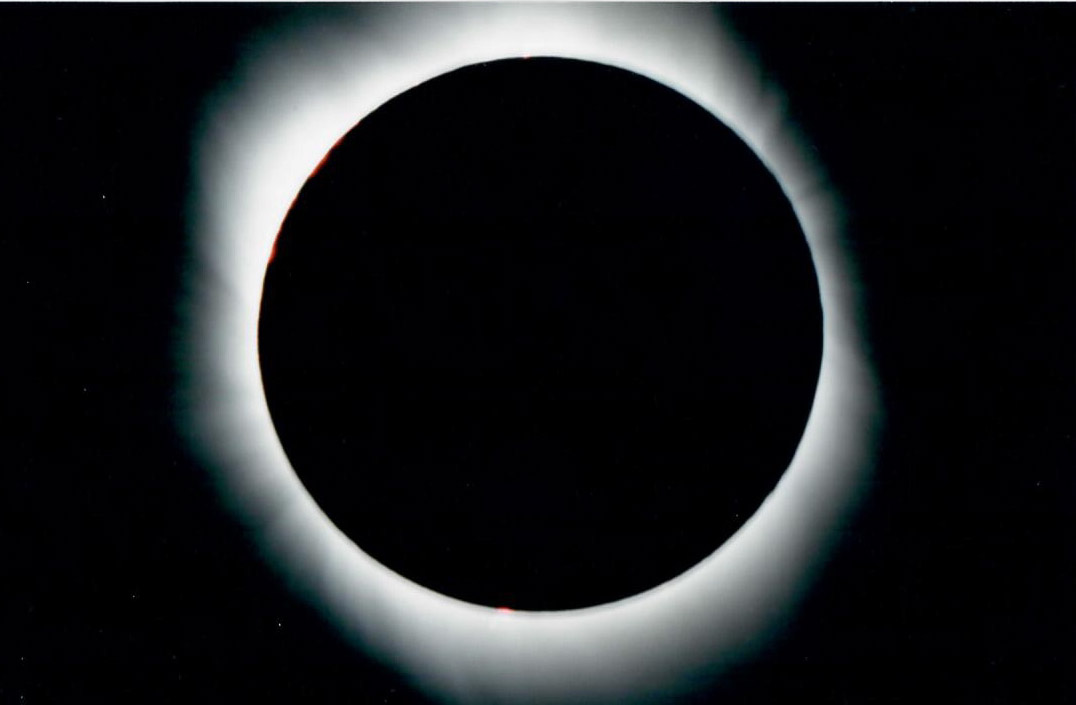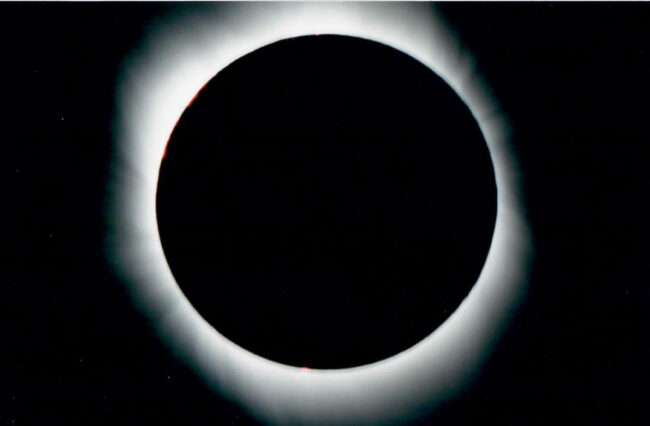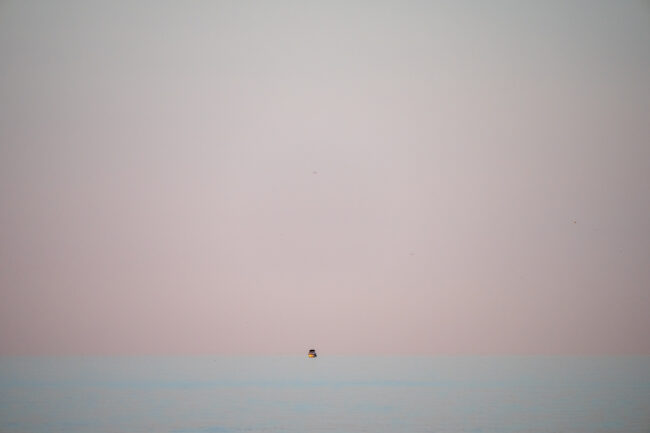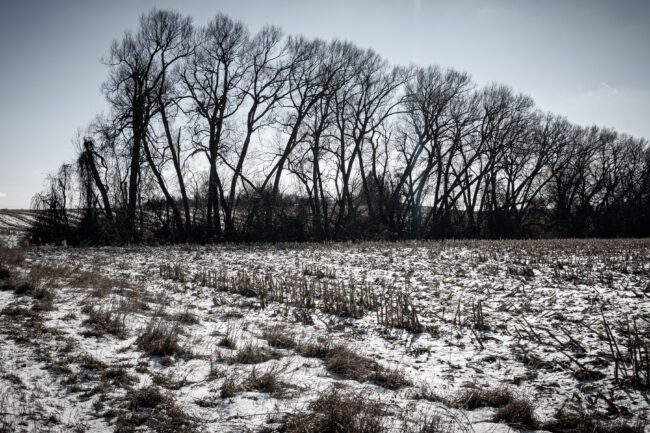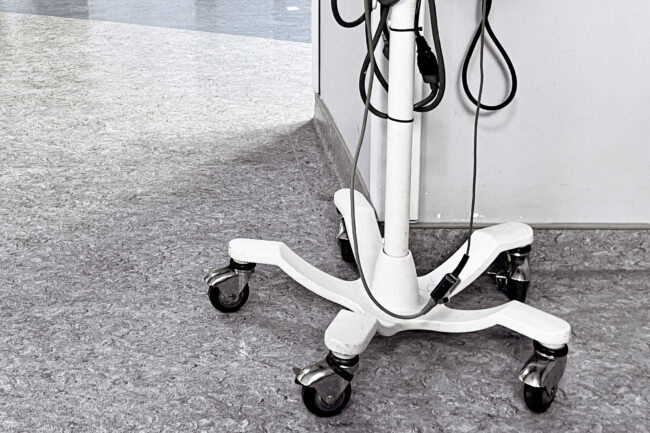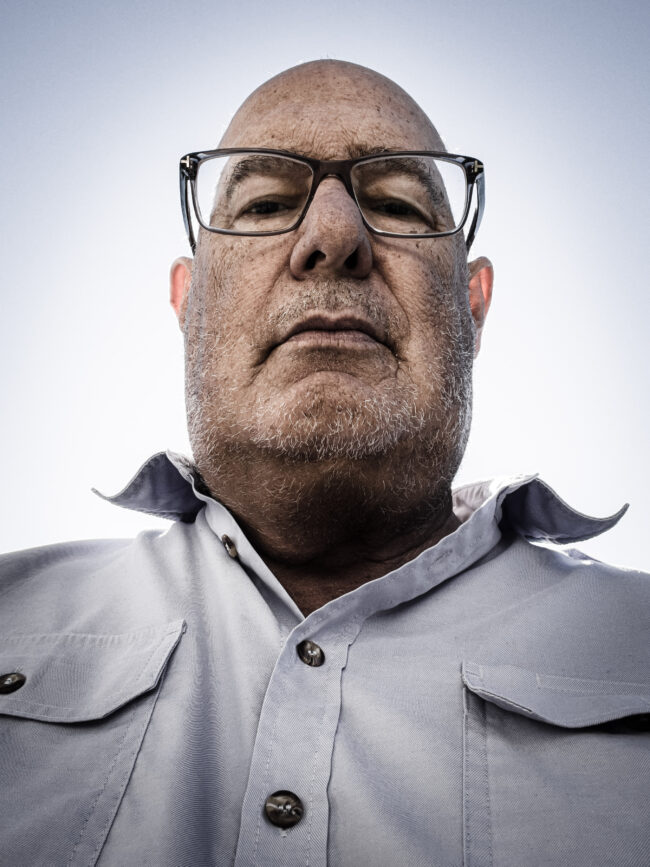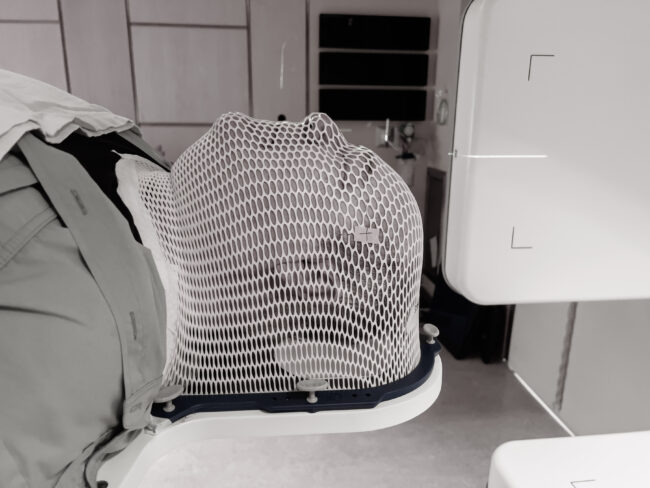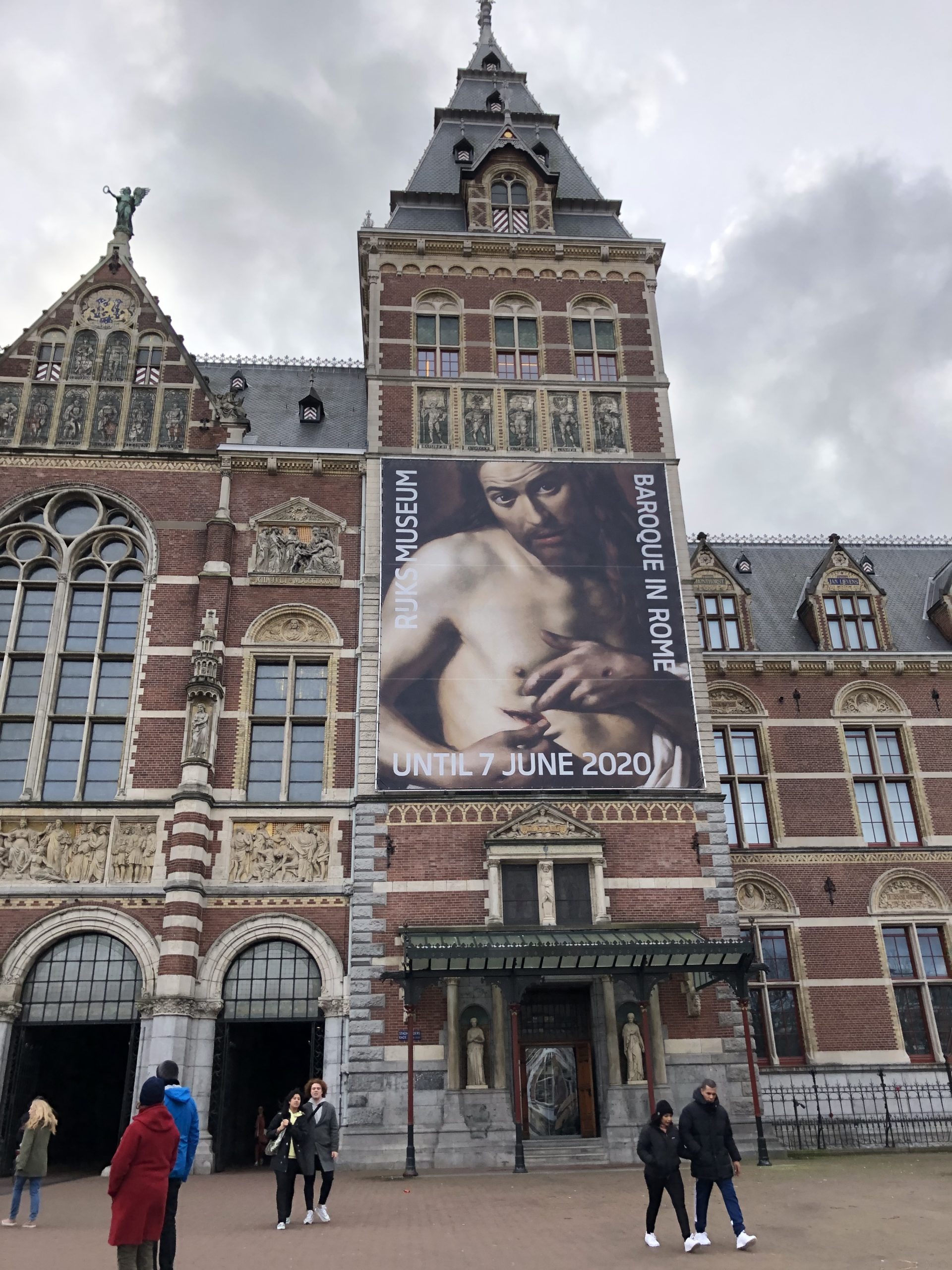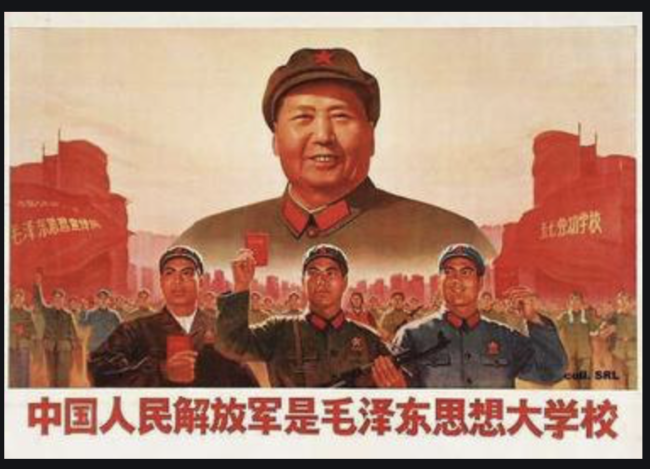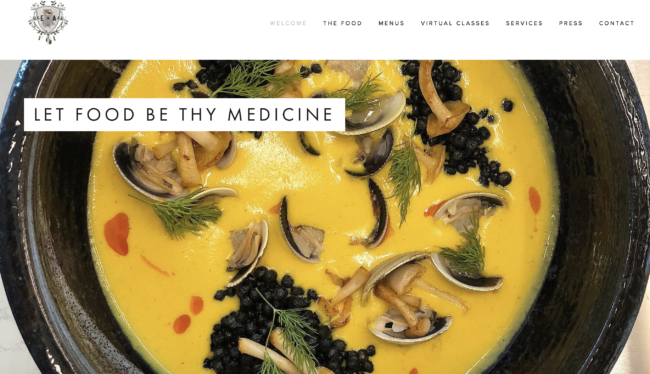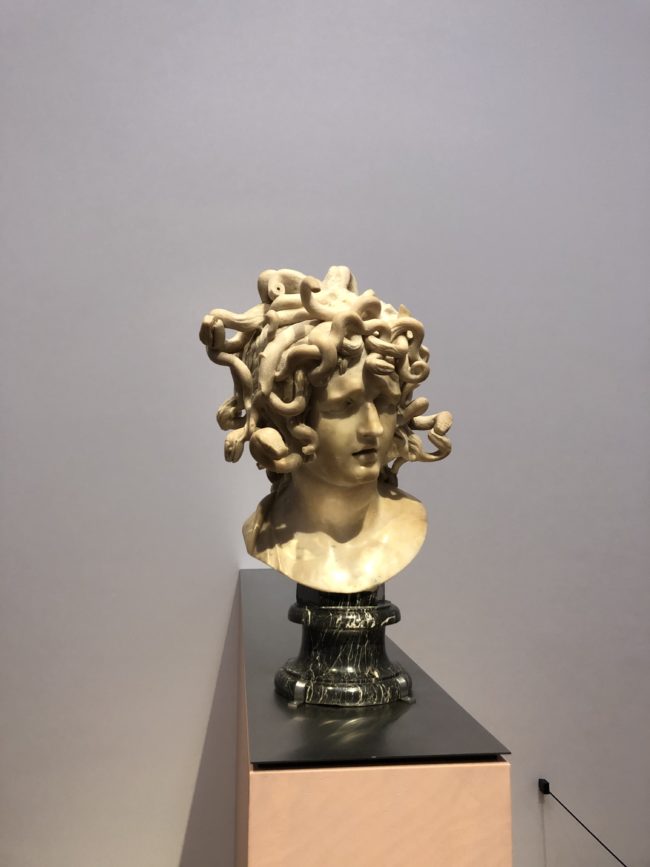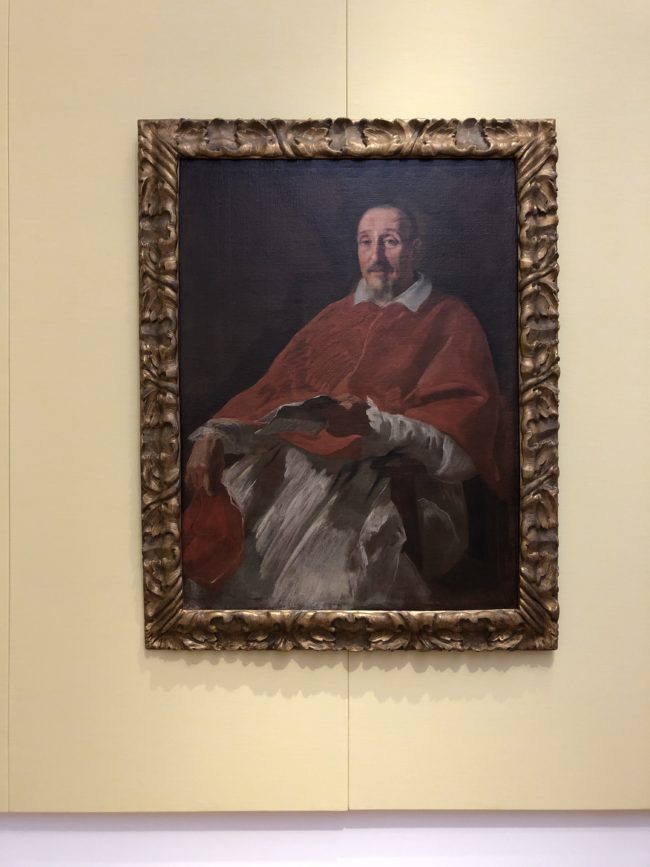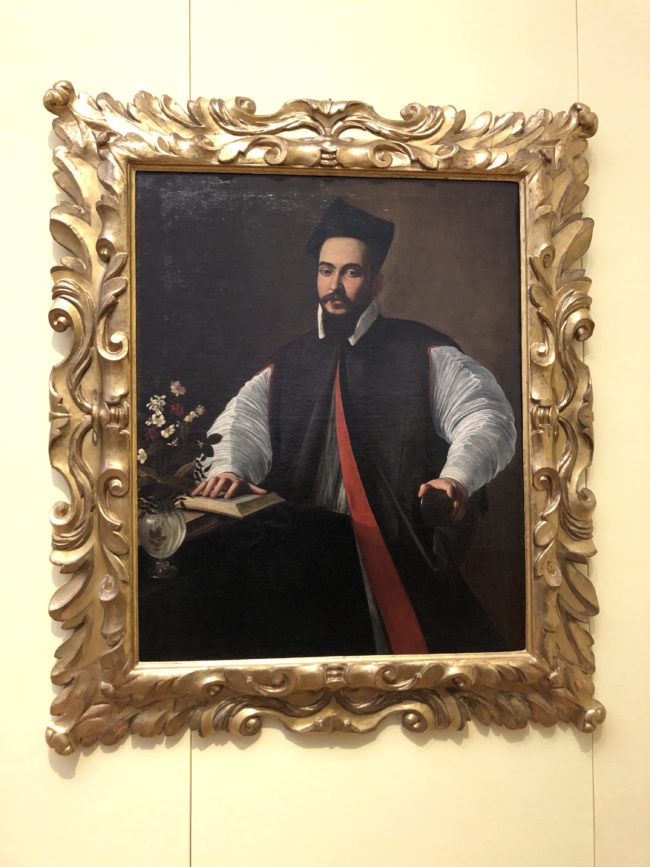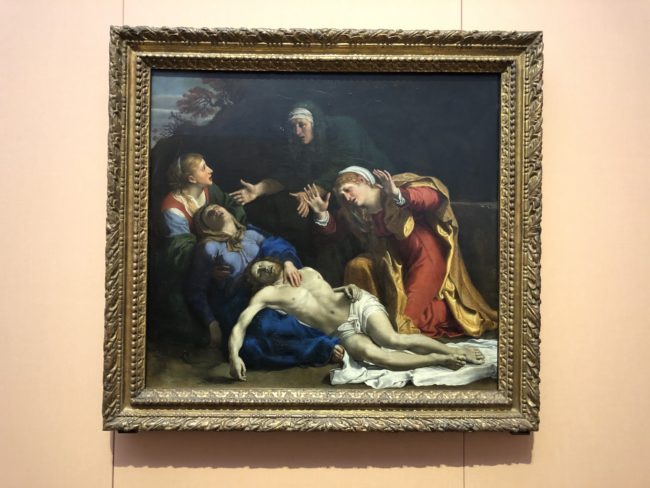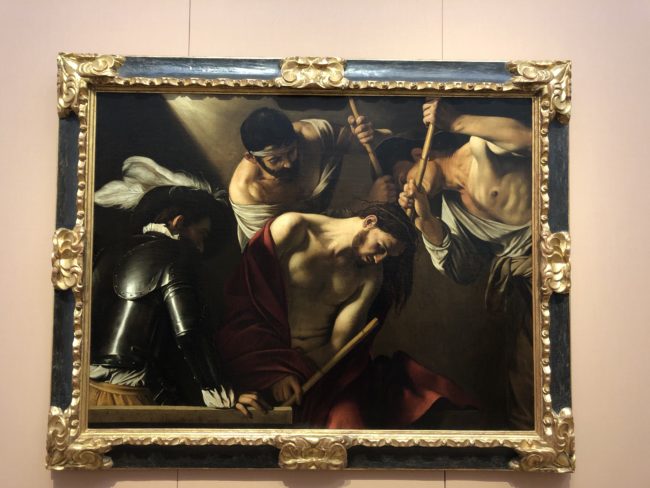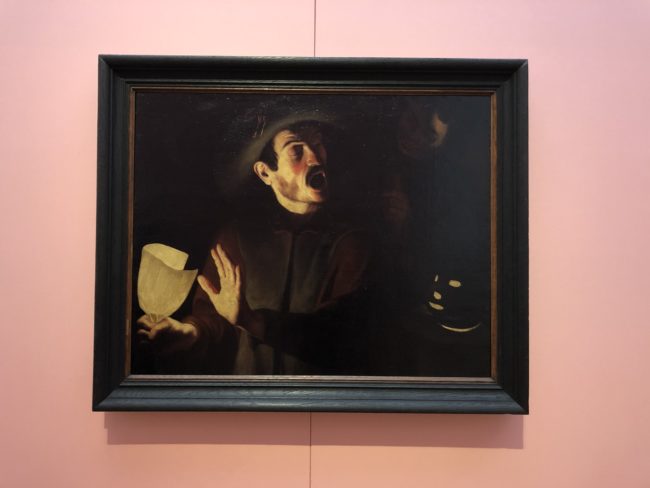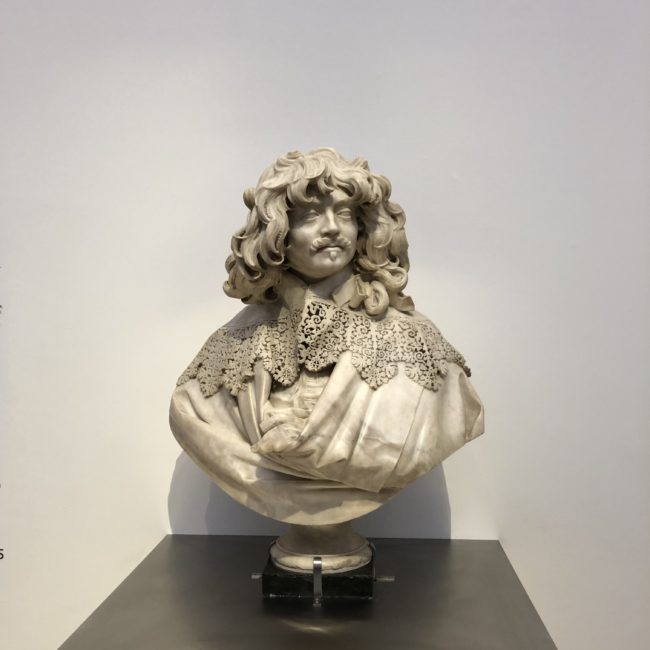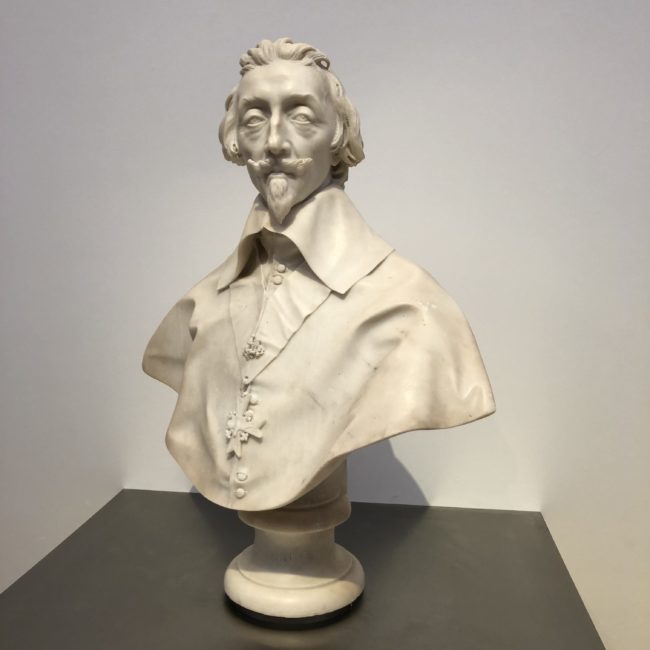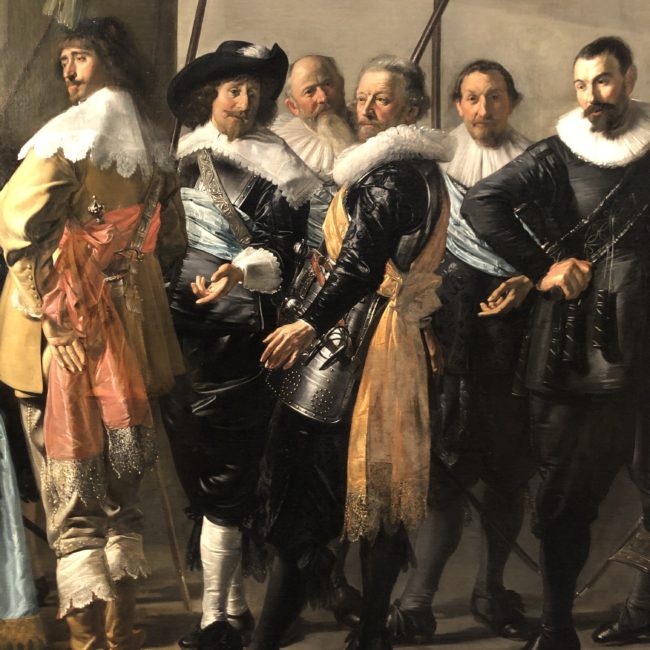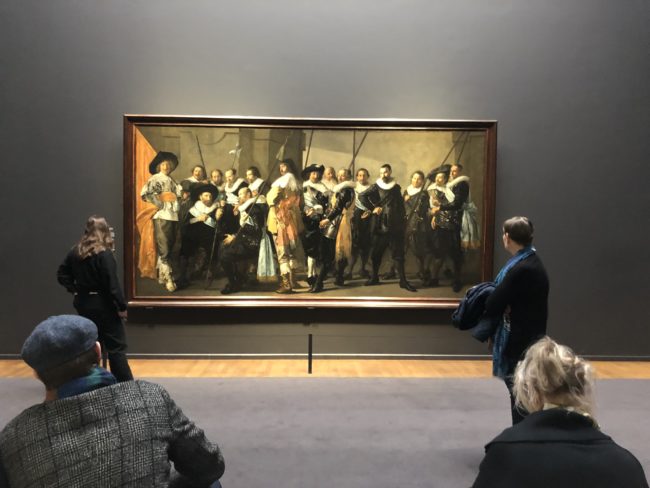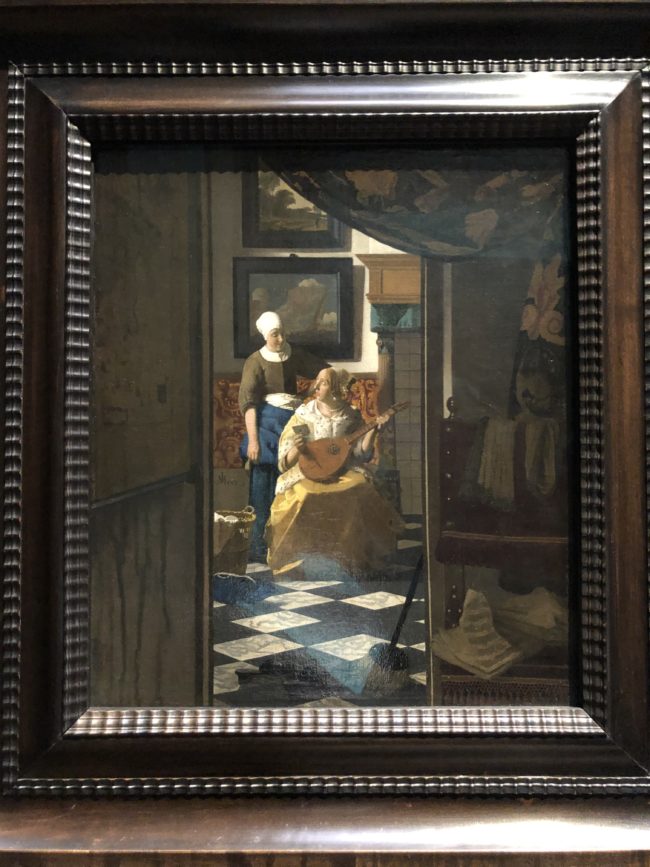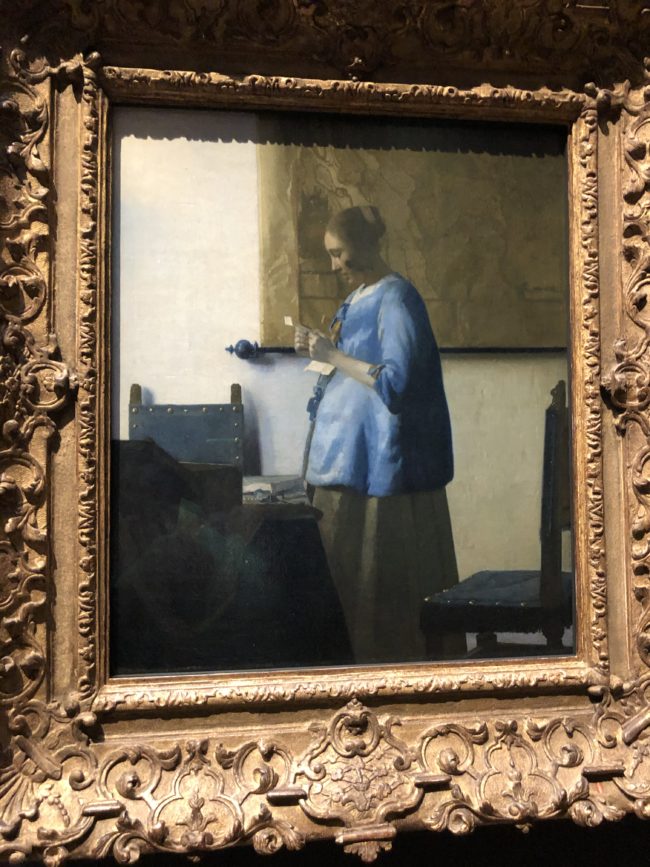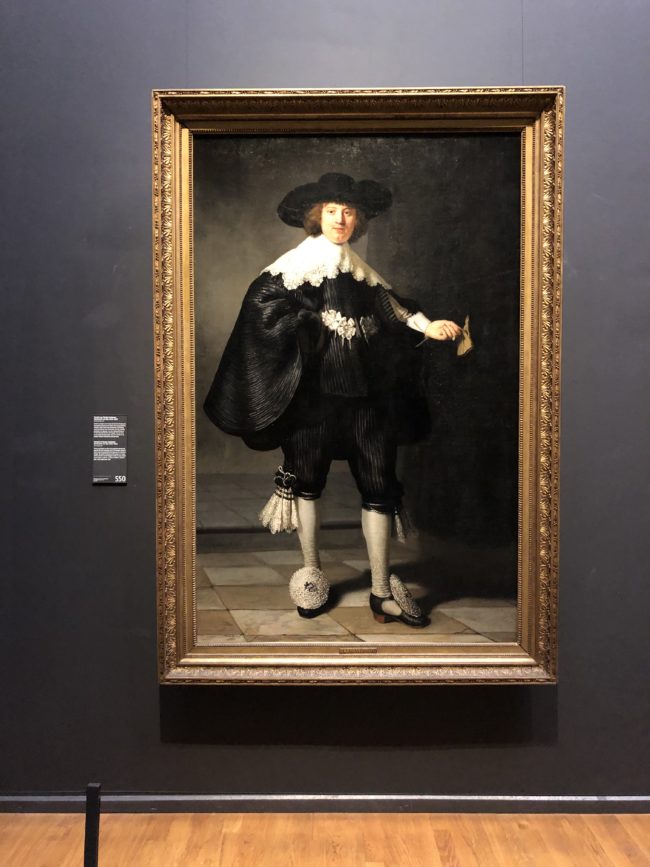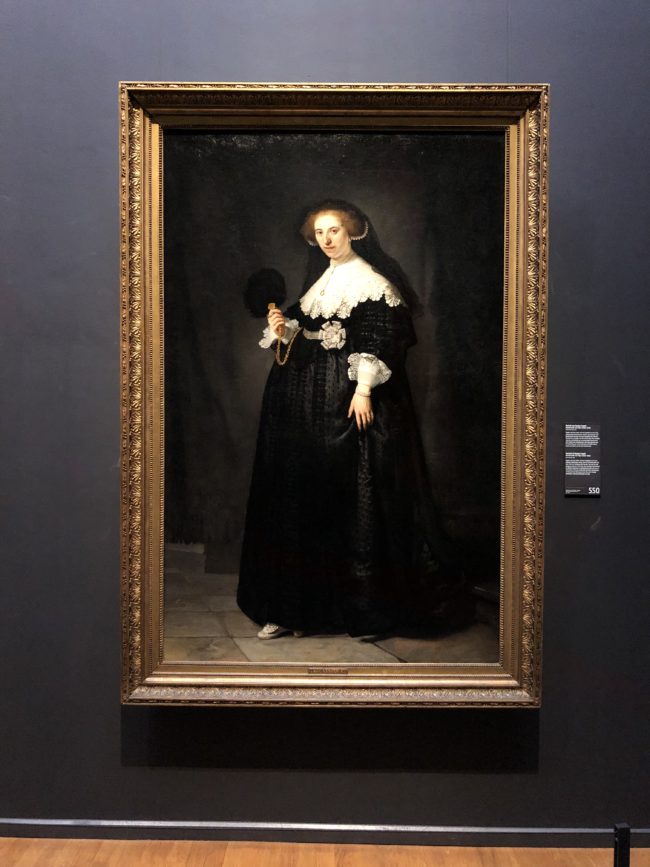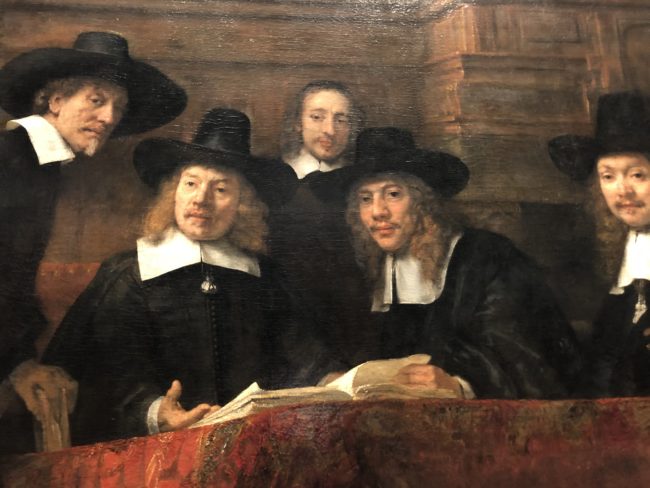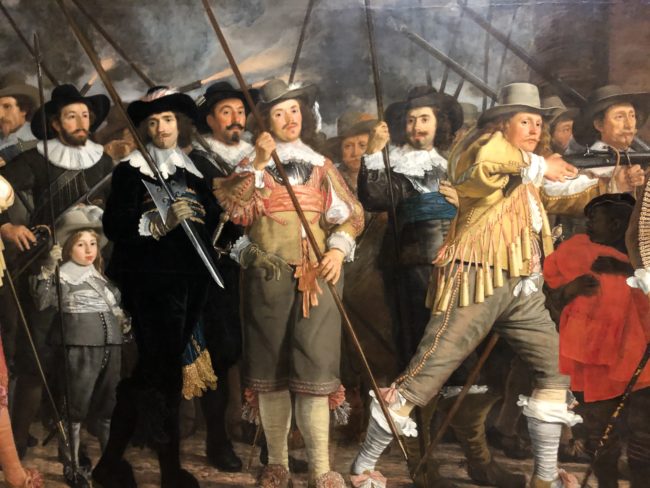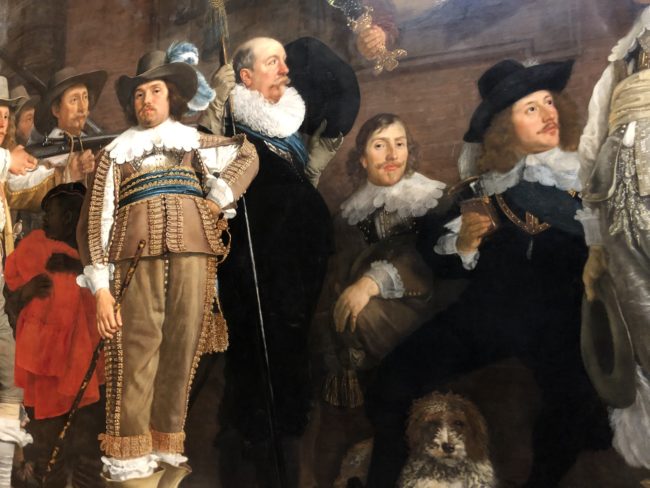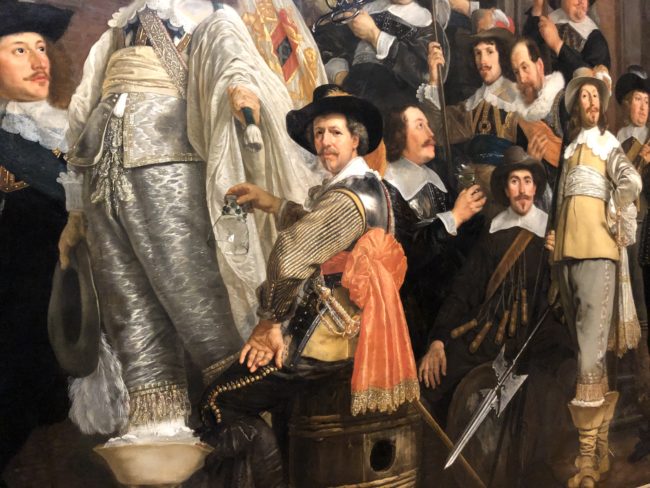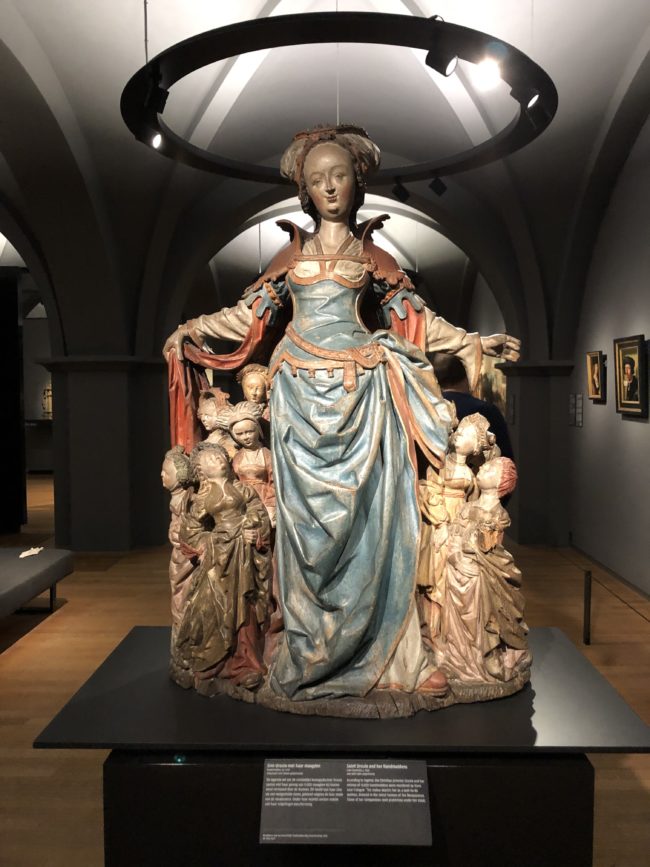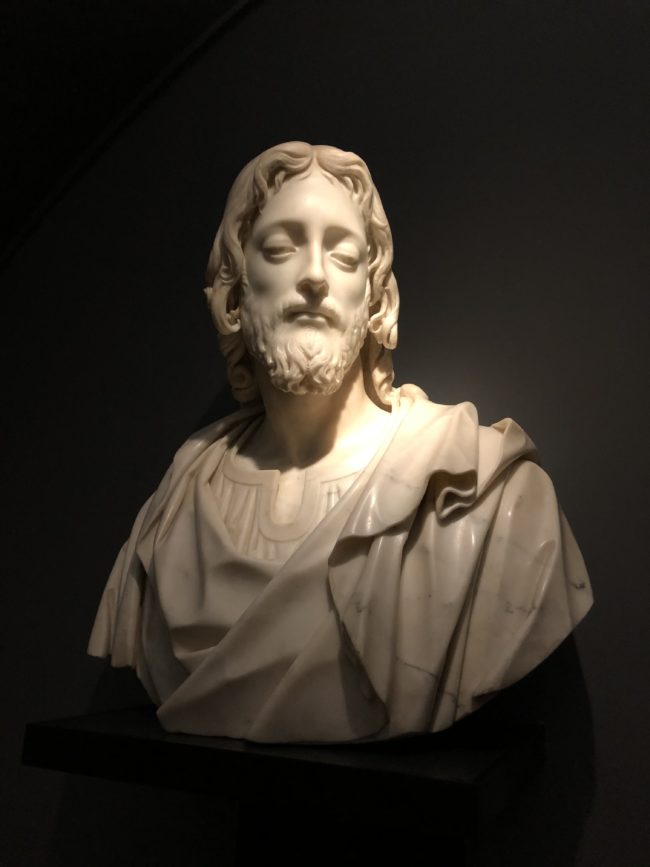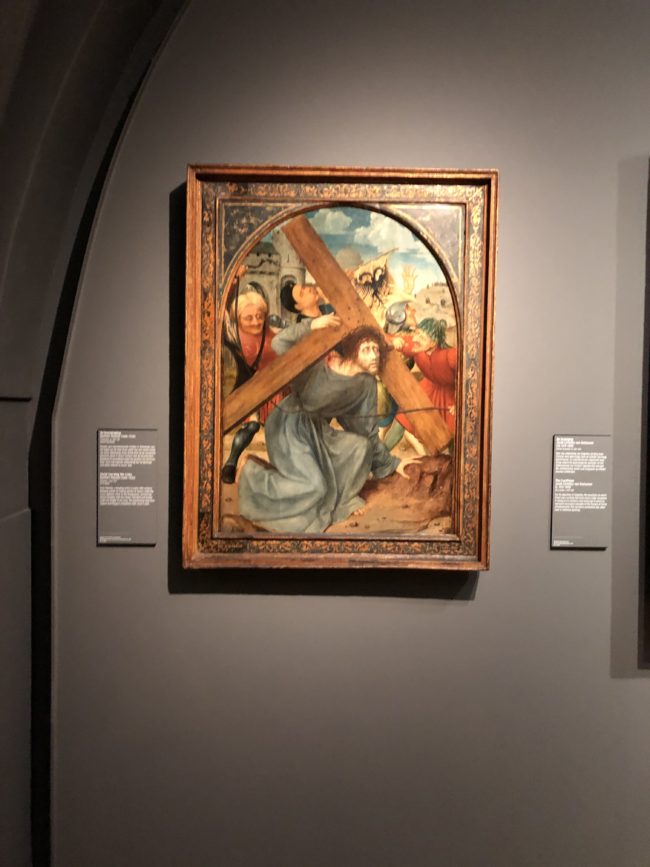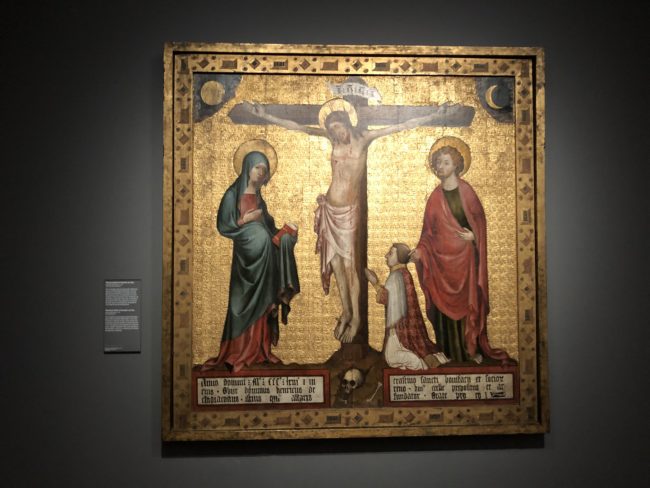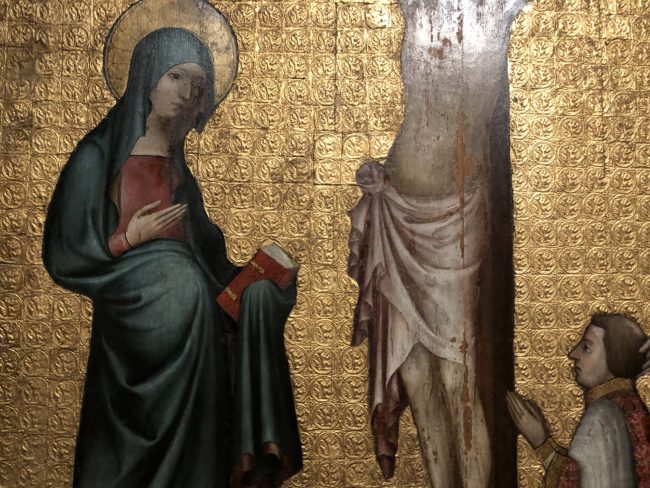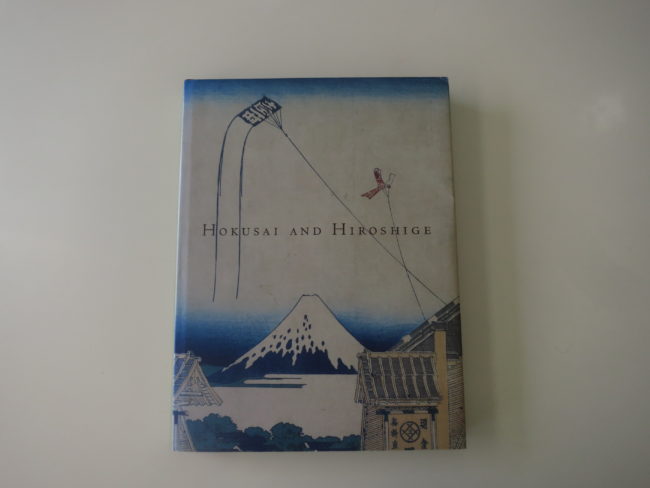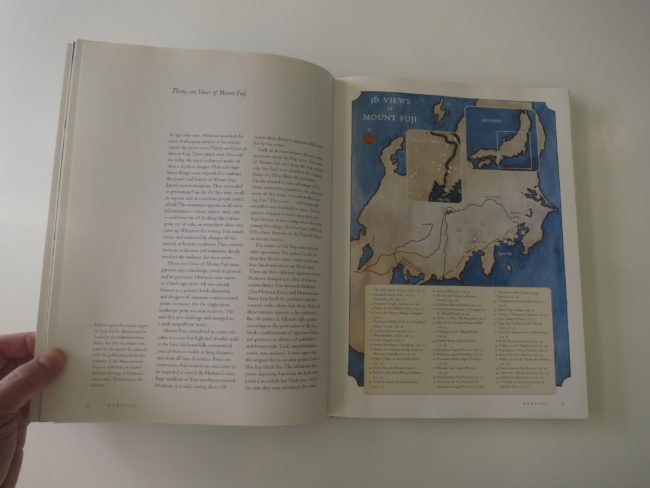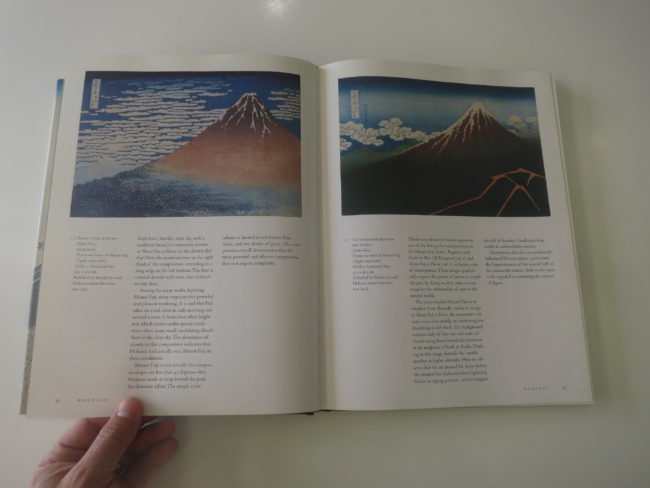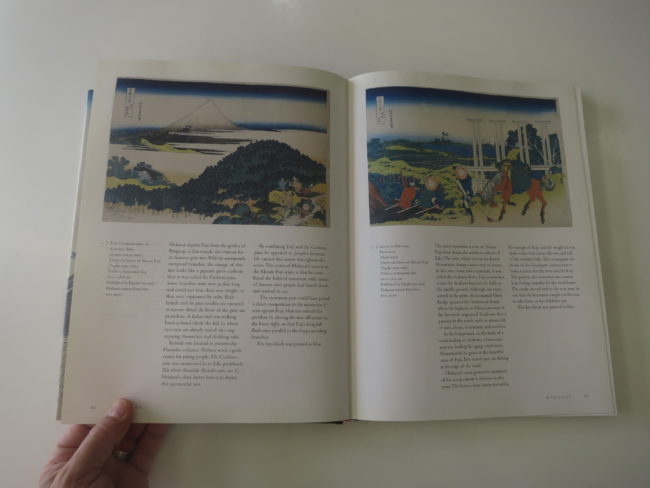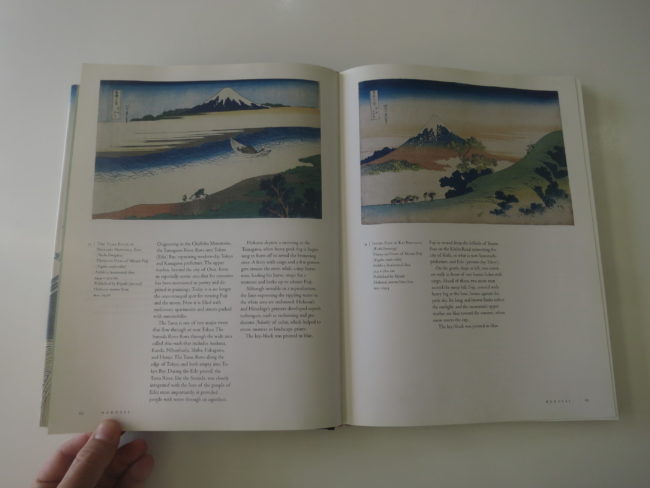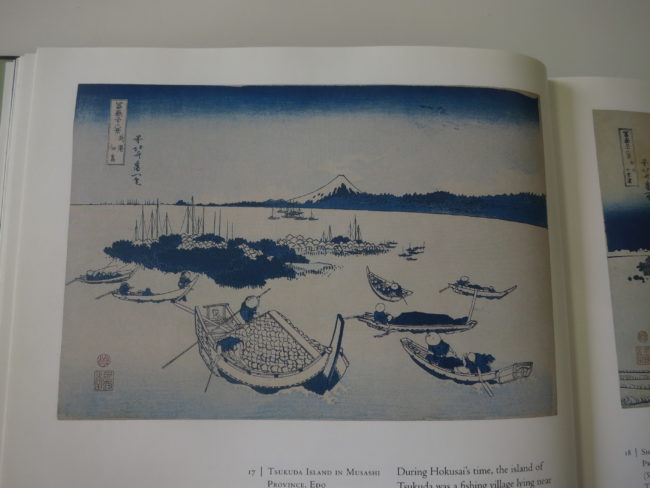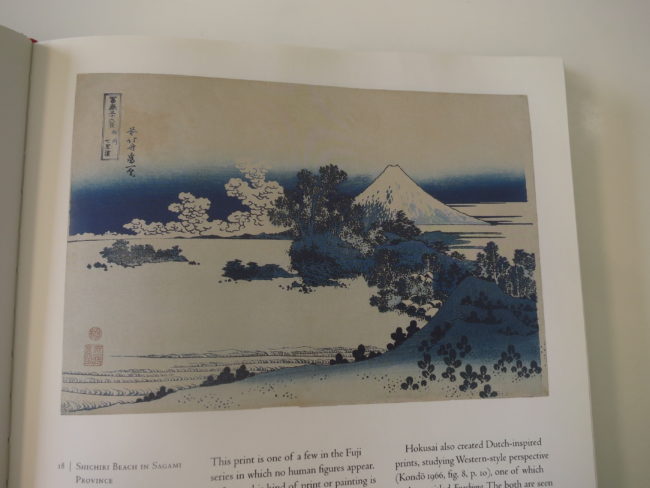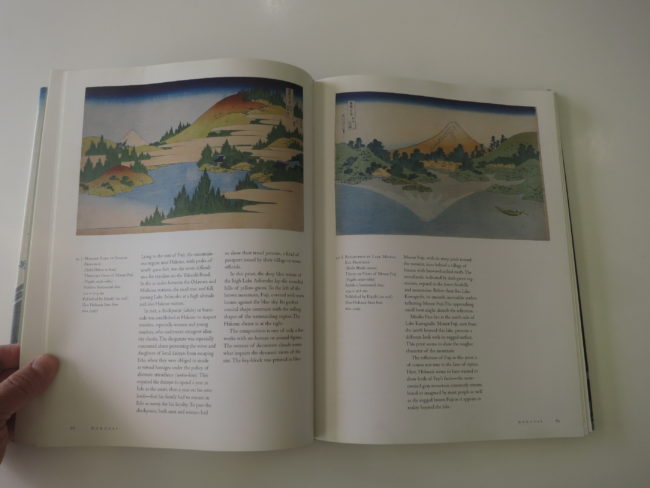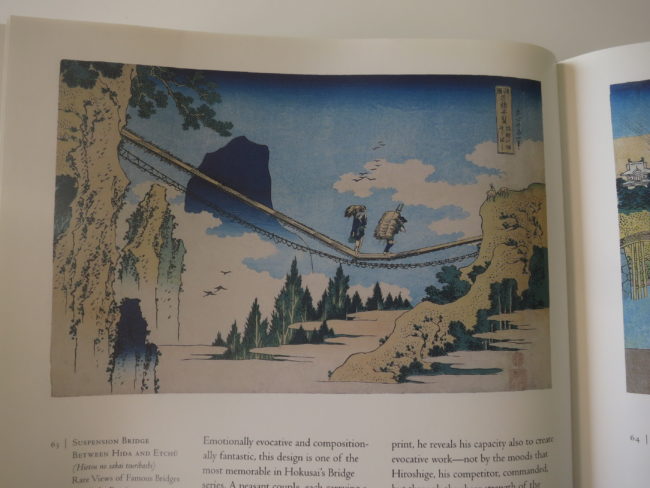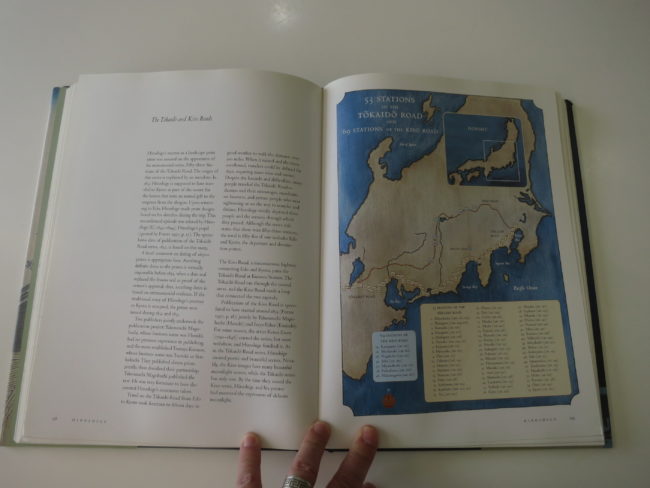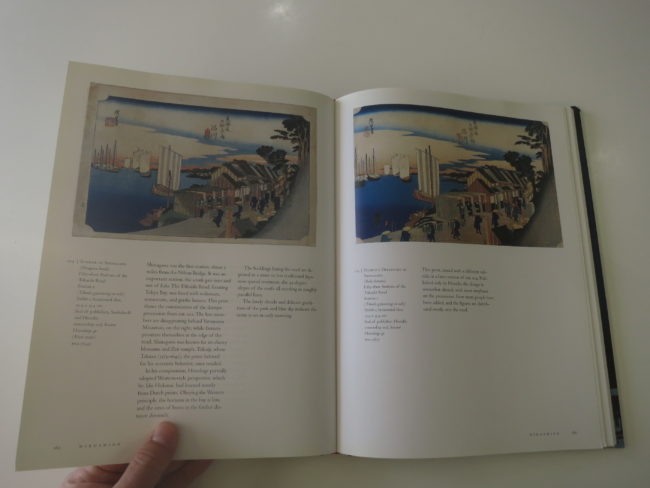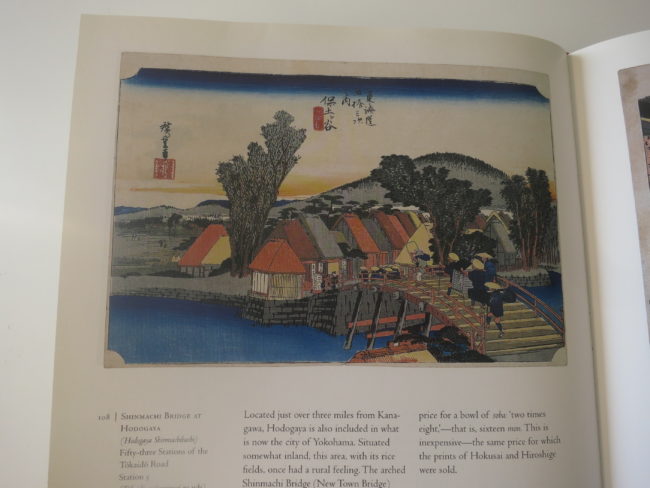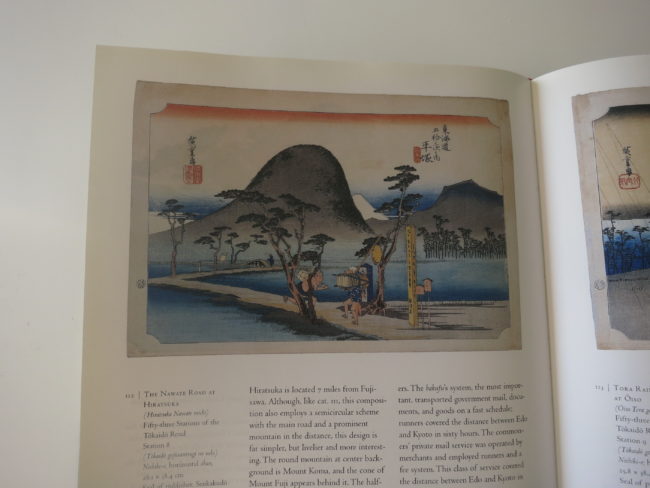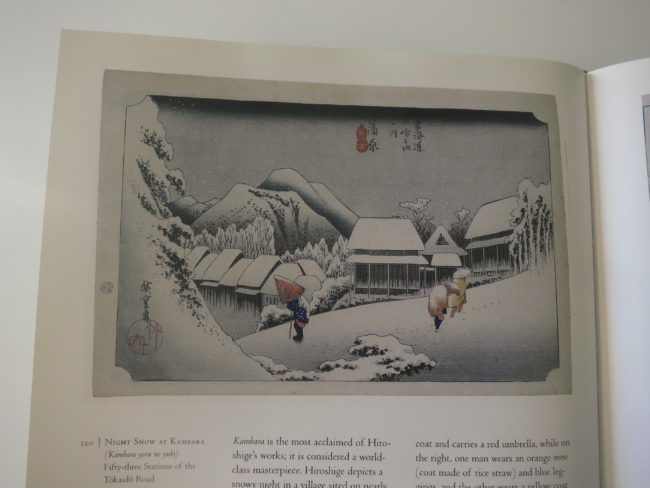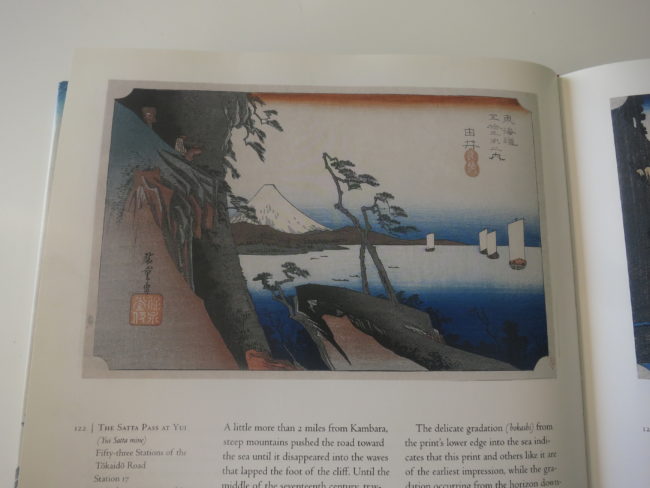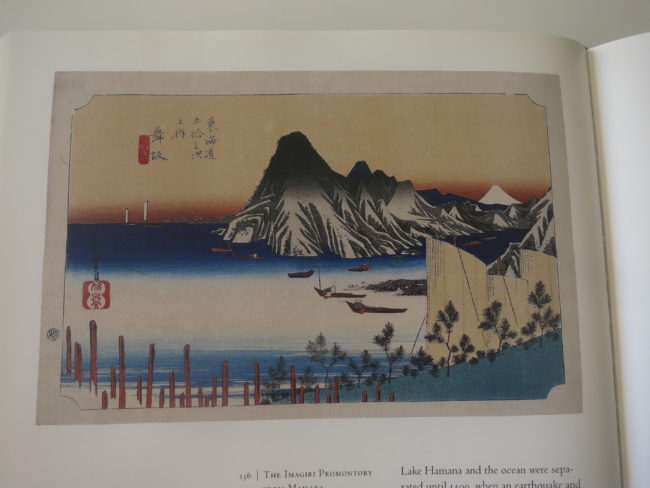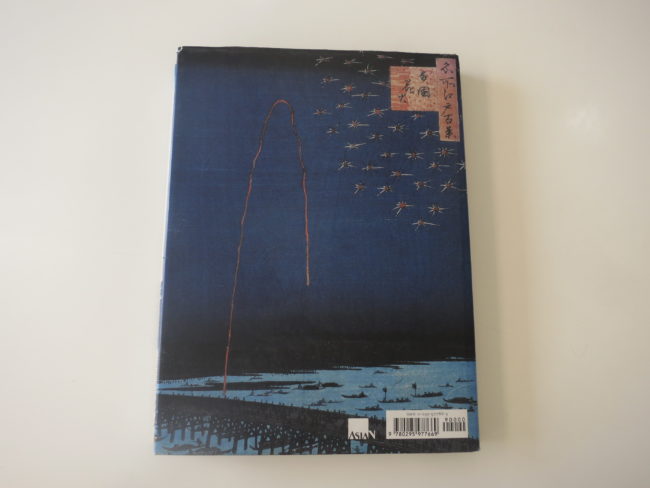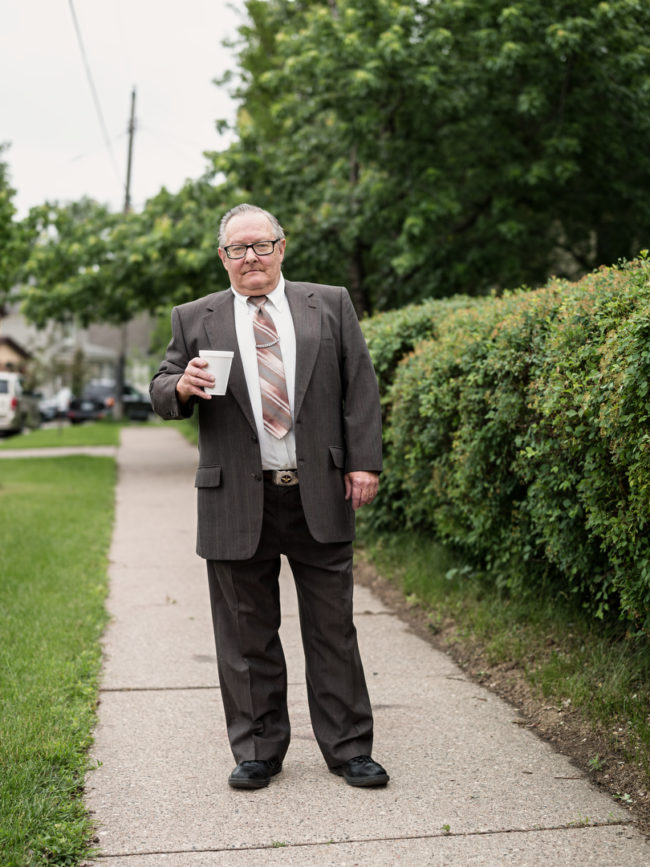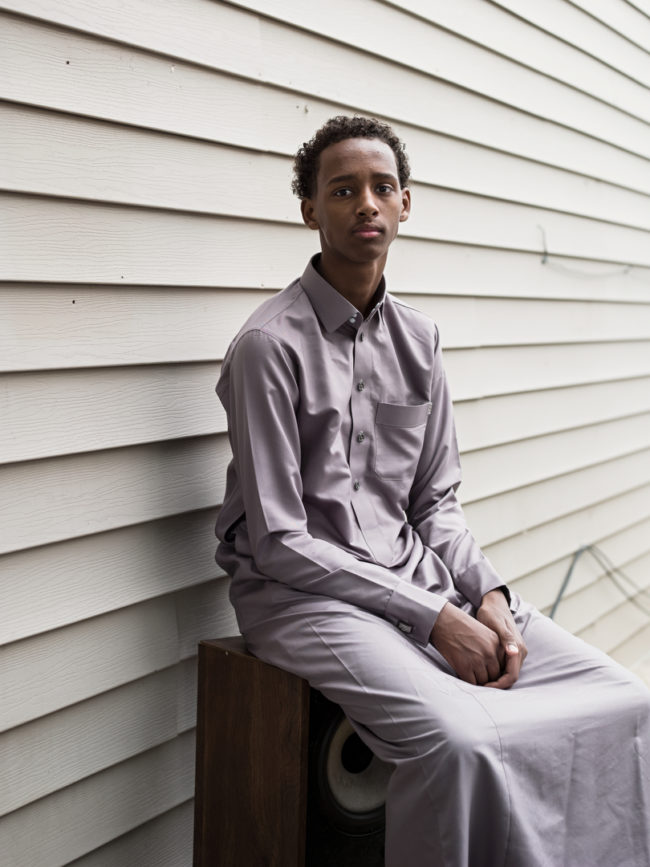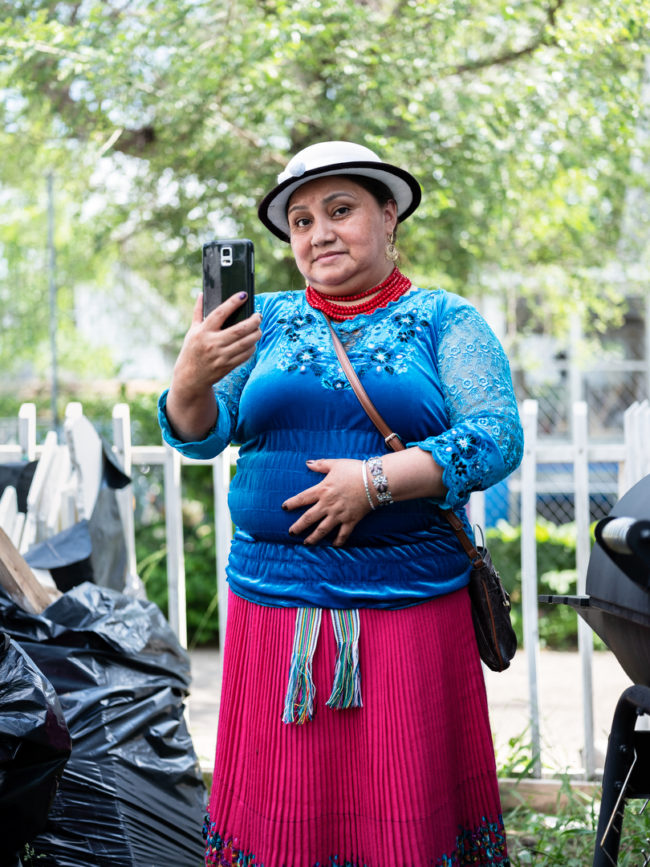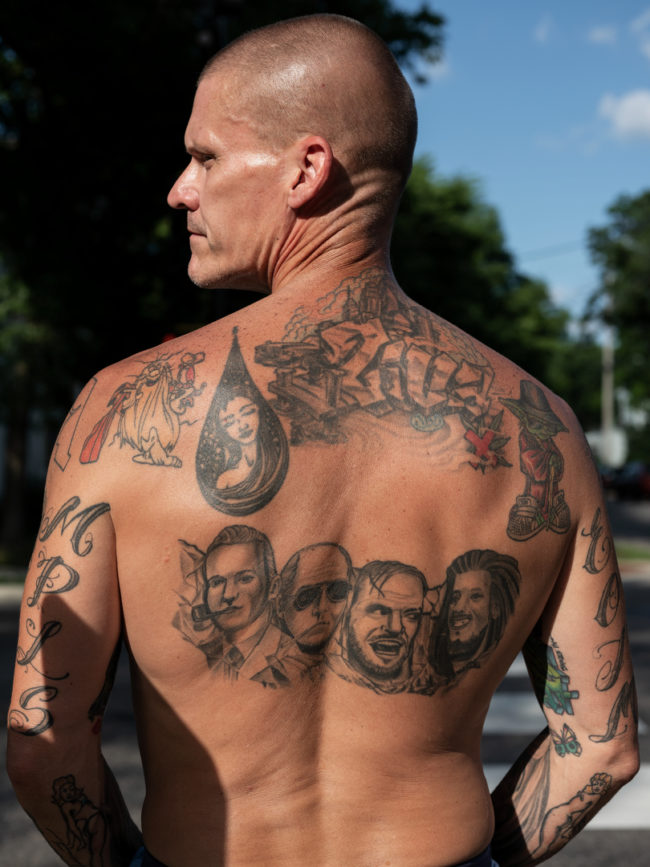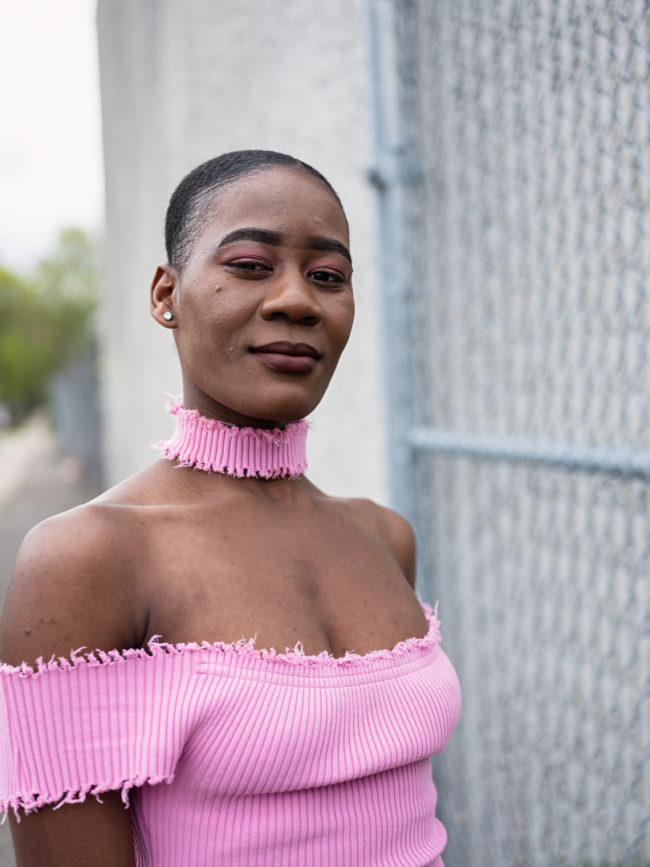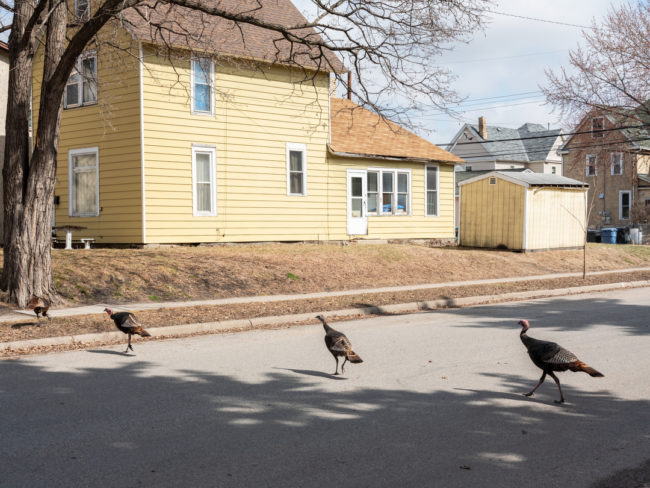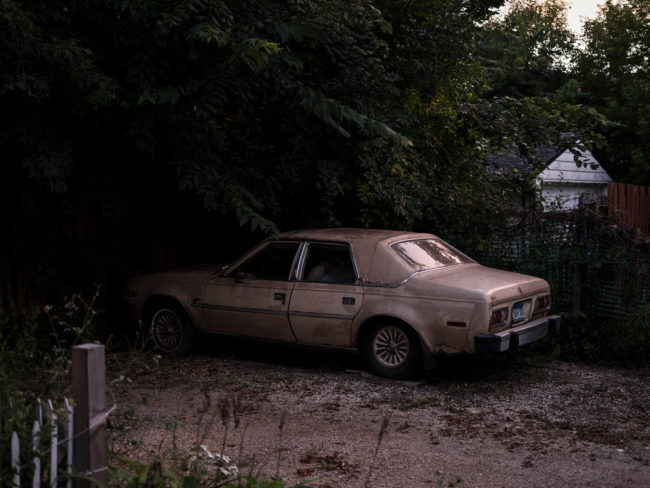Today is strange.
Different.
(Not like the other days.)
I’m writing on Monday, which is bonkers.
(For me, anyway.)
There’s nothing like building a routine over many years, and smashing it, just to see what happens.
I know that sounds brave, but really, it’s more about scheduling. (Rather than leaping from my comfort zone.)
On Thursday, (when I’d normally be writing,) I’ll be traveling to San Francisco, so I can attend the PhotoAlliance portfolio review, held at the San Francisco Art Institute.
The last time I visited the city, in summer 2019, I was shaken to my core, as evidence of America’s fraying social fabric was on full display.
I wrote about it here, but even the article didn’t capture the fear and discouragement I felt.
In my bones, it was clear things were very wrong, and we were headed down a dark path.
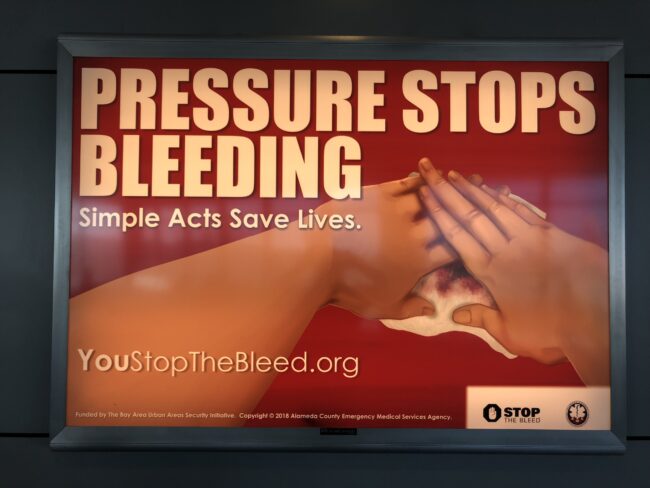
Of course, I had no idea a global-pandemic-catastrophe was around the corner, but there were signs a culture of narcissism had taken root in the United States.
(Egged on by the Big Orange One.)
Tents had popped up on residential sidewalks, like tragic mushrooms.
Tech bros patrolled the streets; capitalistic sentinels in khakis.
We walked by a bevy of unhoused people on Market St, in the dark of night, and they were screaming and moaning, as if ripped from a horror film.
I used to live in San Francisco, and felt a kinship with the city for many years, so it was one of the most troubling travel experiences I can remember.
However, that was then.
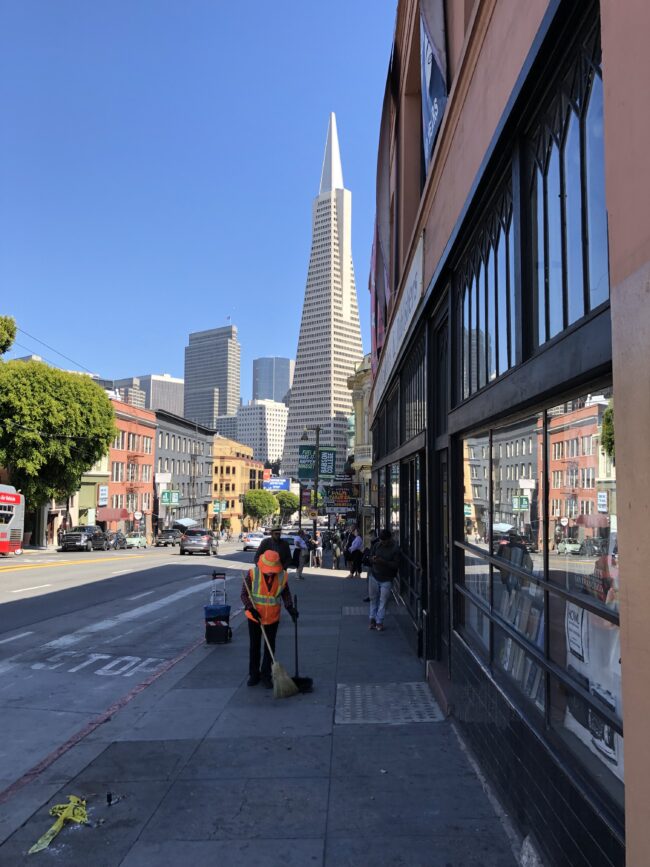
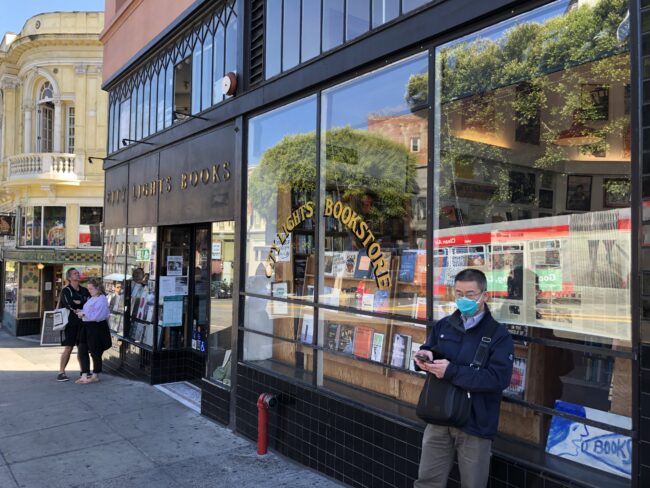
For all the bad press the city has gotten since, I relish any opportunity to travel these days, and the PhotoAlliance festival is being run by my friend Heather Snider, who is an amazing person, representing the best of Old School San Francisco.
(Meaning, she has the 90’s punk-rock attitude, has been in the city for decades, and is down with the best progressive values, like empathy and consideration.)
Plus, I’ll be staying super-close to the Bay, an In’N’Out Burger, and all the great food in North Beach and Chinatown, so you know I’ll come back with the goods for a proper travel story.
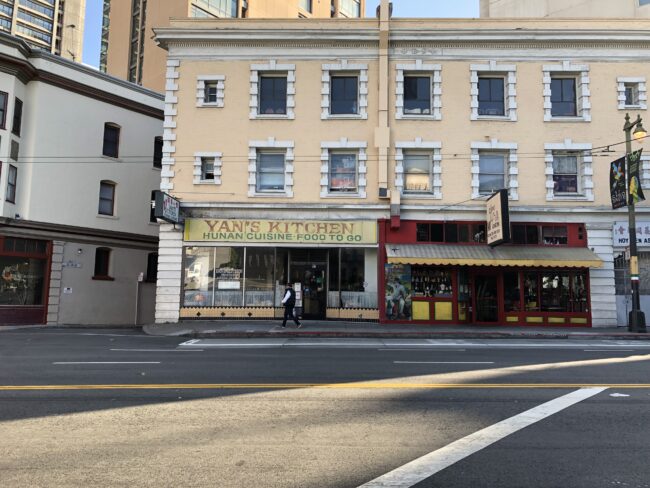
But writing on a Monday is not the only thing different about today.
No.
Unfortunately, I got some bad news this morning.
Really bad.
Stephen Starkman, a friend, and one of my Antidote students, has been battling cancer since last summer. (When he first told us about the diagnosis.)
Stephen is Canadian, and what we Jews call a proper mensch.
He’s kind, warm, thoughtful, and just an all-around good guy.
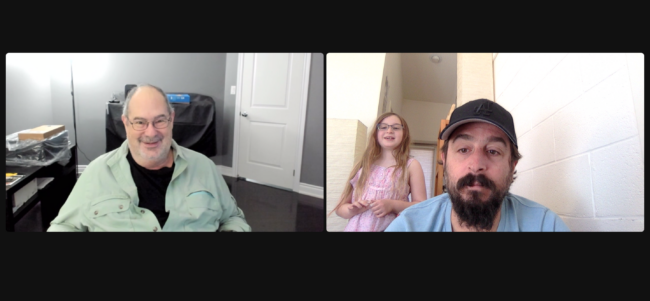
Though I ended my monthly online classes last July, Stephen and I stayed in touch, and I cheered him on as he did the chemo, trying to beat back his lung cancer.
At some point in late 2021, he got a temporary clean bill of health, and we had a Zoom talk to celebrate.
We also did a teaching session at one point, where we discussed his interest in making a series about battling cancer, to inspire others, much as Tara Wray has done about using photography to grapple with depression.
Stephen got some inklings his cancer had returned recently, but just this morning, he told me he got the worst news of all.
His oncologist has declared his cancer incurable, and expects Stephen only has months to live.
A year if he’s lucky.
Holy Shit.
But this being 2022, where our digital lives are intertwined, Stephen also told me he’d read last Friday’s column, which was about how hard it must be to accept death, when the end is nigh.
I wrote speculatively, and philosophically.
(John Divola liked the review, which made me feel as if I’d captured something essential.)
Thinking about a theoretical, though, is just that.
My friend read my musings, knowing he’d reached the point where the end of his life was real.
And coming quickly.
It never occurred to me such a thing might happen.
That my words would be taken literally, by someone I cared about.
What a fucking bummer.
This afternoon, though, right after I came back from a walk with Jessie and the dog, I had a flash of inspiration.
Stephen has been making photographs since last summer, documenting his cancer battle in both literal and metaphorical ways.
(And sharing them on Instagram.)
The creative intent changes, though, once a person knows hope is lost.
So while Stephen is still with us, and before the cancer tears his body apart, I would like to share his work with you.
Here.
Now.
It’s a first, in my 10.5 years doing this.
I’ve never been in this position before, (unsurprisingly,) and hope it’s a one-time thing.
Stephen’s project is strong, and honest. (And yes, at times I did chime in as his teacher, encouraging certain directions.)
I like these photographs, but of course, the entire context in which we view them has now changed.
They carry a morbid energy, and I wish it were different.
But it’s not.
Stephen, thank you for allowing us to share your photographs with our audience.
I am so very sorry for what you’re dealing with, and send a lot of love your way.
